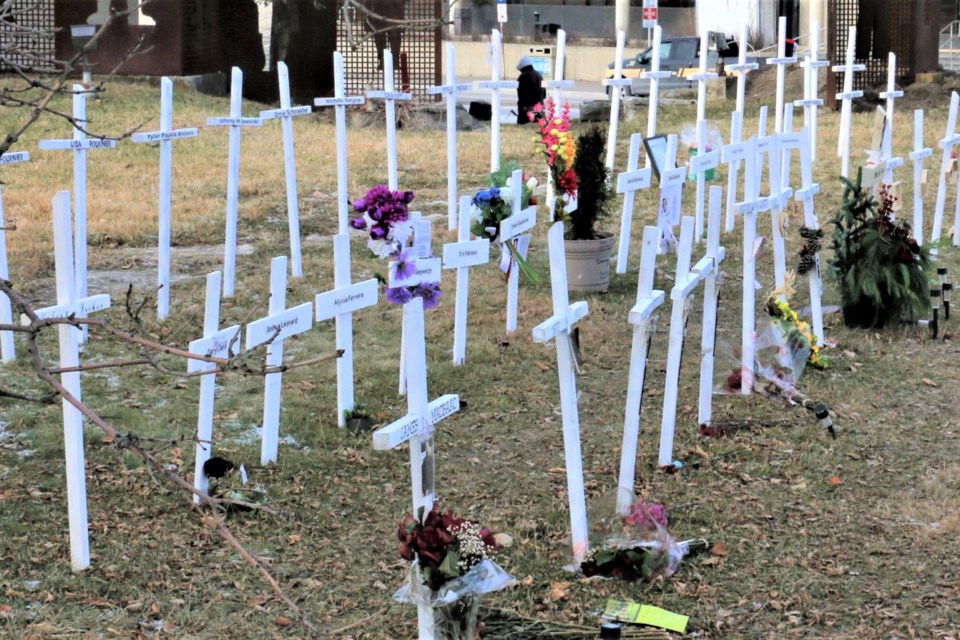A new study by Toronto-based health researchers has found distinct differences "between ethno-racial groups in Ontario when looking at circumstances surrounding opioid overdose deaths, as well as in the use of harm reduction tools and access to treatment."
The information is based on a study of individuals who died of accidental overdoses in Ontario between July 1, 2017 and June 30, 2021, said the MAP Centre for Urban Health Solutions at St. Michael’s Hospital. Results of the study were published in March by the BMJ (British Medical Journal) Public Health website.
"Decedents (meaning a deceased person) were categorized as Asian, Black, Latin American or white. We summarized decedents’ sociodemographic characteristics, circumstances surrounding death and patterns of health-care utilization preceding death by ethno-racial group, and used standardized differences (SDs) to draw comparisons," said the study.
The research looked into the cases of 6,687 people who died of opioid toxicity, said the study. The breakdown was as follows:
- 5,522 of the patients were white (78.1 per cent).
- 275 of patients were Asian (4.1 per cent).
- 238 of the patients were Black (3.6 per cent).
- 53 patients were Latin American (0.8 per cent).
- 899 patients were shown as having unknown ethno-racial identity (13.4 per cent).
The study said Black people (median age: 35 years) and Asian people (median age: 37 years) generally died younger than white people (median age: 40 years), and there was greater male predominance in deaths among Asian people (86.2 per cent), Latin American people (83.0 per cent) and Black people (80.3% per cent) relative to white people (74.6 per cent).
Cocaine contributed to more deaths among Black people (55.9 per cent) and Asian people (45.1 per cent) compared with white people (37.6 per cent).
Racialised people had a lower prevalence of opioid agonist treatment (Methadone, Suboxone) in the five years preceding death (Black people: 27.9 per cent; Asian people: 51.1 per cent; white people: 61.9 per cent).
The study found that while the majority of individuals who died were white people at the beginning of the study in 2017 (92.6 per cent), that number changed downward by a couple of percentage points (90.1 per cent) by the time the study ended in 2021, 48 months later.
"To date, the toxic drug crisis in North America, particularly as it relates to opioid-involved toxicities, has largely been framed as an epidemic affecting white people," said the study.
It was also revealed that during the late 1970s, heroin was identified in the U.S. as the key cause of most opioid-related deaths. The rate of opioid mortality was higher among Black people compared with white people, said the study.
Things changed over the years when there was heavy marketing of prescription opioids in predominantly white suburban and rural communities.
The crisis was subsequently centred on white communities, and in turn, opioid use disorder was framed as a biomedical disease that could be treated, said the study.
"Although some non-white groups, particularly Indigenous people, also experienced rapid increases in drug-related mortality during this time, these communities faced discourse around criminality and a punitive response, in stark contrast to the approach adopted in white communities. This is evidenced by the over-representation of black, Hispanic and Indigenous people in drug-related arrests and incarceration," said the study.
The study cited numerous articles outlining the treatment of whites versus the treatment of people of colour.
The full text version of the study can be found online here.
